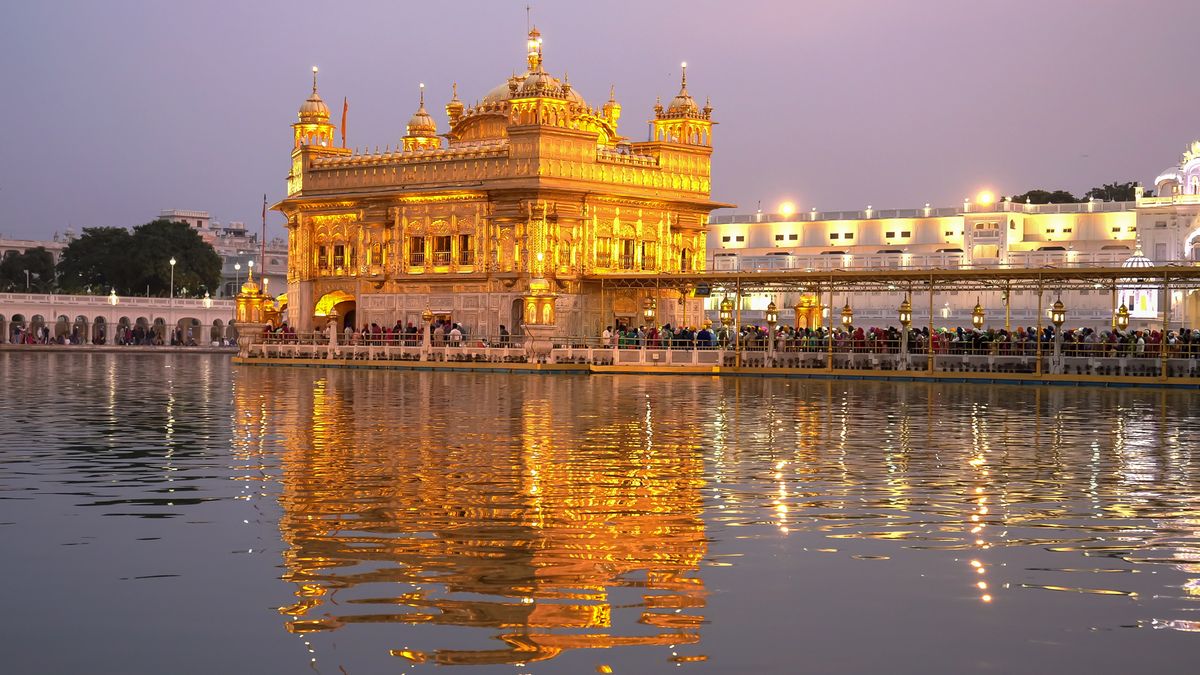Bagerhat
Bagerhat
About
In mid-15th century, a Muslim colony was founded in the inhospitable mangrove forest of the Sundarbans near the seacoast in the Bagerhat district by an obscure saint-general, named Ulugh Khan Jahan. He was the earliest torchbearer of Islam in the South who laid the nucleus of an affluent city during the reign of Sultan Nasiruddin Mahmud Shah (1442-59), the city was known as 'Khalifatabad' (present Bagerhat). Khan Jahan built numberous mosques, tanks, roads and other public buildings, the spectacular ruins of which are focused around the most imposing and largest multidomed mosques in Bangladesh, known as the Shait-Gambuj Masjid (160'x108'). The serene and imposing monument, stands on the eastern bank of a vast sweet-water tank, clustered around by the heavy foliage of a low-lying countryside. The mosque roofed over with 77 squat domes, including 7 chauchala or four-sided pitched Bengali domes in the middle row. The vast prayer hall, although provided with 11 arched doorways on east and 7 each on north and south for ventilation and light, presents a dark and sombre appearance inside. It is divided into 7 longitudinal aisles and 11 deep rows by a forest of slender stone columns, from which spring rows of endless arches, supporting the domes. Six feet thick, slightly tapering walls and hollow and round, almost detached corner towers, resembling the bastions of fortress, each capped by small rounded cupolas, recall the Tughlaq architecture of Delhi.





